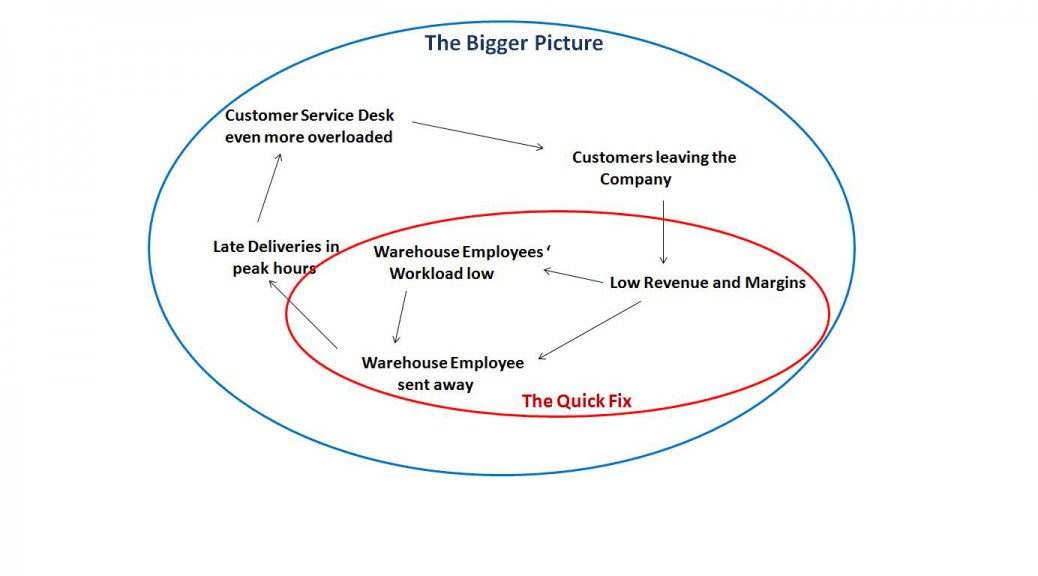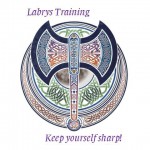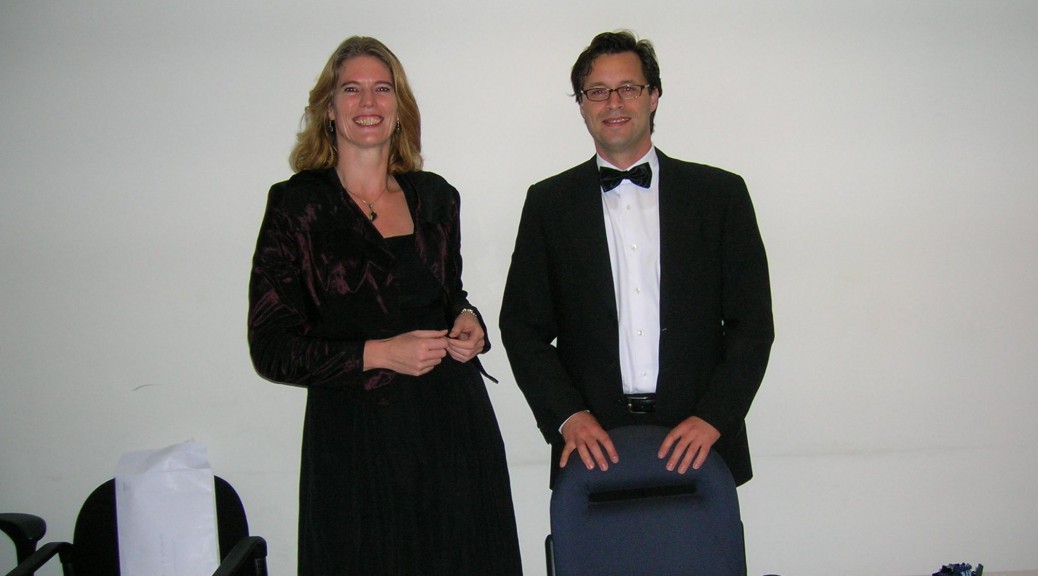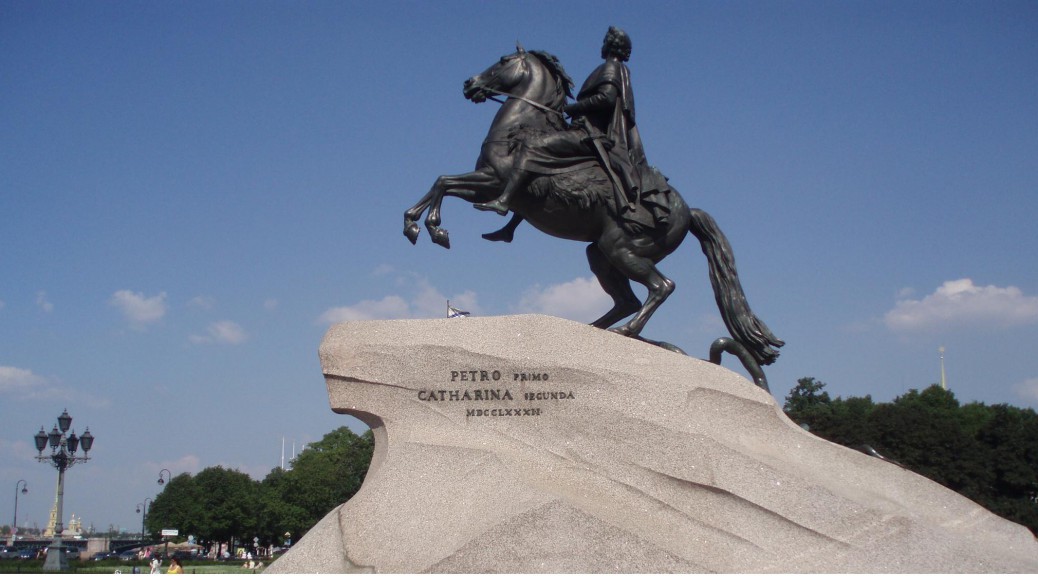Previously I referred to the role and importance in conflict resolution and mediation of personal narratives, of stories. Even though at least listening to each other’s perspective is crucial for effective mediation, this use of stories is not the only important element of mediation. Another crucial element of a successful mediation process is structure.
The ETH Zurich, where I received my training as a mediator, offers a practical five-step scenario, which, in my experience, results in de-escalation at least, and often in resolution of the conflict.
The scenario is very simple, and offers easy-to-follow steps along which the talks with the parties can be conducted.
First step: Introduction, goal setting and ground rules. The mediator introduces him- or herself, the parties introduce themselves, and the mediator introduces the backgrounds of the meeting. Ground rules are brought up and agreed upon.
Second step: the parties share their stories and perspectives. The role of mediator is to clarify the situation as told, ask questions, and rephrase where required, carefully managing emotions.
Third step: can be quite emotional and challenging: find out the deeper interests hidden under the positions and perspectives. Here it is important that the parties adhere to the ground rules they agreed on, for instance in having the patience to listen without interrupting each other. The responsibility of the mediator to keep to the structure here is very important.
Fourth step: Brainstorm on possible ways out and solutions. No objections or responses to each other’s input! The mediator collects and writes down all options, without giving any judgements or other comments, and reminds if required, the parties to keep to the process.
Fifth step: selection of feasible and / or acceptable options, and agreement on an action plan: which option do all agree on? And how do we get to those results?
Practical implementation and execution: Who will do what, when and agree on what-ifs – like what will be the consequences if the agreement will be not kept to? Will there be a controlling entity, and who will take care of that role?
Everybody who wants to understand more about this model: take a deep dive in the matter yourself!
You can find all information I wrote about above (and more!) at the ETH website at https://mas-mediation.ethz.ch/tools/the-five-phase-model-of-mediation.html or you can access the visualization of the five steps’ model directly on Youtube at https://youtu.be/sLauHaf3SUE
Last but not least: it is always the decision of the mediator whether or not to apply this structure in a specific conflict, or start the process with another approach. There are situations for instance, when the mediator might decide to initiate separate conversations with the parties, in order to understand more about the situation before the joint discussion. The five steps can be applied then afterwards.




